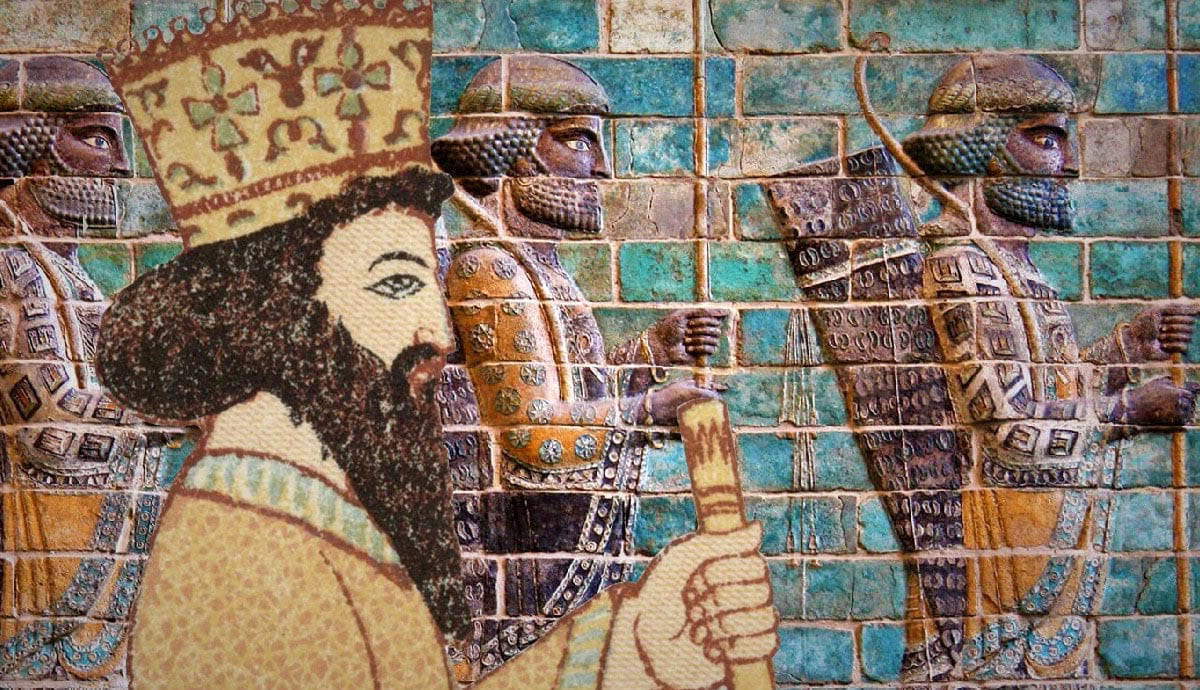
Who was Tiziano Vecellio? Tiziano Vecellio, better known as Titian, was a master painter from the Italian Renaissance. Born around 1488 in Pieve di Cadore, he became one of the most influential artists of his time. His works, known for their vibrant color and dynamic compositions, captured everything from religious scenes to mythological tales. Titian's innovative techniques and bold use of color set him apart, making his art timeless. His influence extended beyond Italy, impacting artists across Europe. Want to know more? Here are 20 fascinating facts about this legendary artist that will give you a deeper appreciation of his genius.
Who Was Tiziano Vecellio?
Tiziano Vecellio, commonly known as Titian, was an Italian painter during the Renaissance. His work had a profound impact on the art world.
-
Birthplace: Titian was born in Pieve di Cadore, a small town in the Venetian Alps, around 1488-1490. This region influenced his early artistic development.
-
Training: He trained under Giovanni Bellini and Giorgione, two prominent Venetian painters. This apprenticeship shaped his unique style.
-
Venetian School: Titian became a leading figure in the Venetian School of painting, known for its vibrant color and loose brushwork.
Artistic Achievements
Titian's contributions to art were numerous and groundbreaking. His techniques and subjects set new standards.
-
Color Mastery: He was renowned for his use of color, often layering pigments to create depth and luminosity.
-
Portraits: Titian painted portraits of many notable figures, including Emperor Charles V and Pope Paul III. His ability to capture their essence was unparalleled.
-
Mythological Themes: He frequently depicted scenes from mythology, such as "Bacchus and Ariadne" and "Venus of Urbino."
-
Religious Works: His religious paintings, like "Assumption of the Virgin," are celebrated for their emotional intensity and grandeur.
Influence and Legacy
Titian's influence extended beyond his lifetime, impacting future generations of artists.
-
Artistic Influence: His techniques influenced artists like Peter Paul Rubens and Diego Velázquez. They admired his use of color and composition.
-
Royal Patronage: He enjoyed patronage from European royalty, including King Philip II of Spain. This support allowed him to create some of his most famous works.
-
Longevity: Titian's career spanned over 60 years, a remarkable feat for any artist. He continued to innovate and produce masterpieces well into his old age.
Personal Life
Titian's personal life was as intriguing as his professional one. His relationships and experiences shaped his art.
-
Family: He married Cecilia Soldani, and they had several children. His family life provided stability and inspiration.
-
Wealth: Unlike many artists of his time, Titian achieved considerable wealth and status. He owned multiple properties and lived comfortably.
-
Death: He died in 1576 during a plague outbreak in Venice. His death marked the end of an era in Renaissance art.
Notable Works
Titian's body of work is vast and varied. Some pieces stand out for their innovation and impact.
-
"Assumption of the Virgin": This altarpiece in the Basilica di Santa Maria Gloriosa dei Frari in Venice is one of his most famous works. It showcases his mastery of composition and color.
-
"Venus of Urbino": This painting, housed in the Uffizi Gallery, is renowned for its sensuality and use of light.
-
"Bacchus and Ariadne": Located in the National Gallery in London, this work is celebrated for its dynamic composition and vibrant colors.
Techniques and Innovations
Titian was not just a painter; he was an innovator. His techniques influenced the course of art history.
-
Oil Painting: He popularized the use of oil paints, which allowed for greater flexibility and depth in his work.
-
Brushwork: His loose brushwork was revolutionary, giving his paintings a sense of movement and life.
-
Layering: Titian often layered colors to achieve a rich, textured effect. This technique added depth and realism to his work.
-
Light and Shadow: He expertly used light and shadow to create drama and focus in his compositions. This technique influenced the Baroque period.
Final Glimpse at Tiziano Vecellio
Tiziano Vecellio, or Titian, left an indelible mark on the world of art. His mastery of color and composition set him apart from his contemporaries. Known for his portraits and mythological scenes, Titian's works continue to captivate audiences. His influence extended beyond his lifetime, inspiring countless artists. From his early days in Venice to his later years, Titian's journey was one of constant evolution. His ability to adapt and innovate kept his art relevant. Whether you're an art enthusiast or a casual observer, Titian's legacy offers something for everyone. His contributions to the Renaissance period remain unparalleled. As you explore his works, you'll find a blend of emotion, technique, and storytelling. Titian's art isn't just about beauty; it's about the human experience. So next time you see a Titian painting, take a moment to appreciate the genius behind it.
Was this page helpful?
Our commitment to delivering trustworthy and engaging content is at the heart of what we do. Each fact on our site is contributed by real users like you, bringing a wealth of diverse insights and information. To ensure the highest standards of accuracy and reliability, our dedicated editors meticulously review each submission. This process guarantees that the facts we share are not only fascinating but also credible. Trust in our commitment to quality and authenticity as you explore and learn with us.


